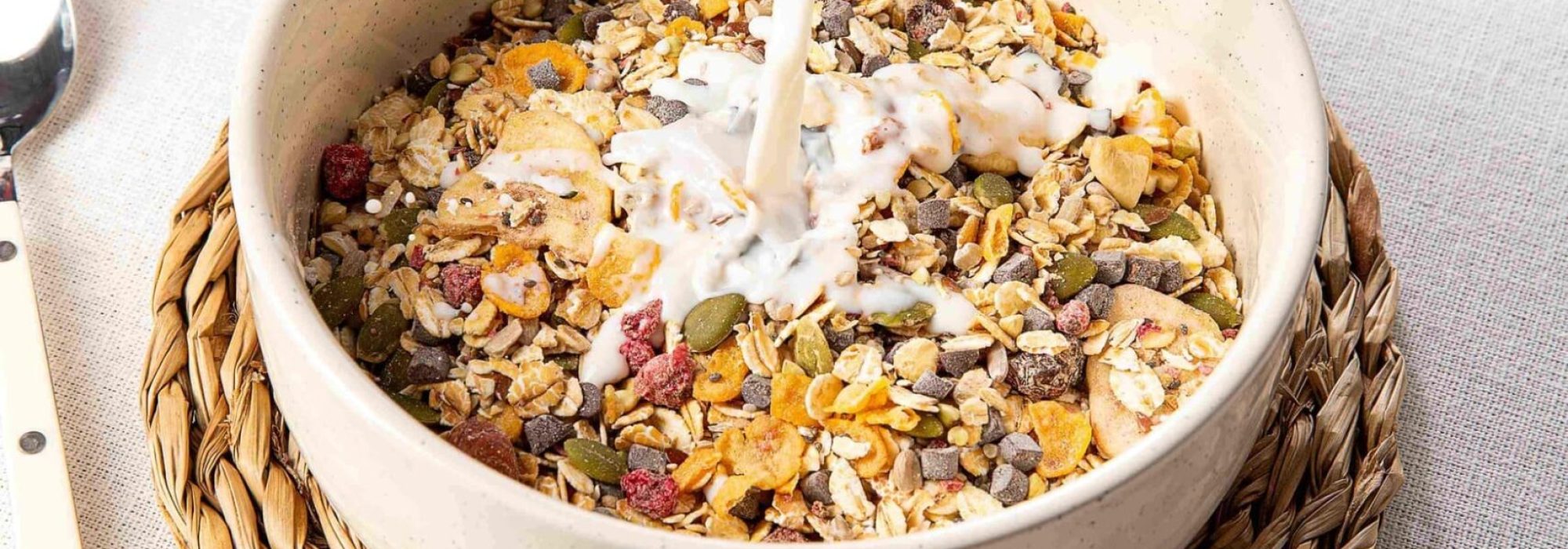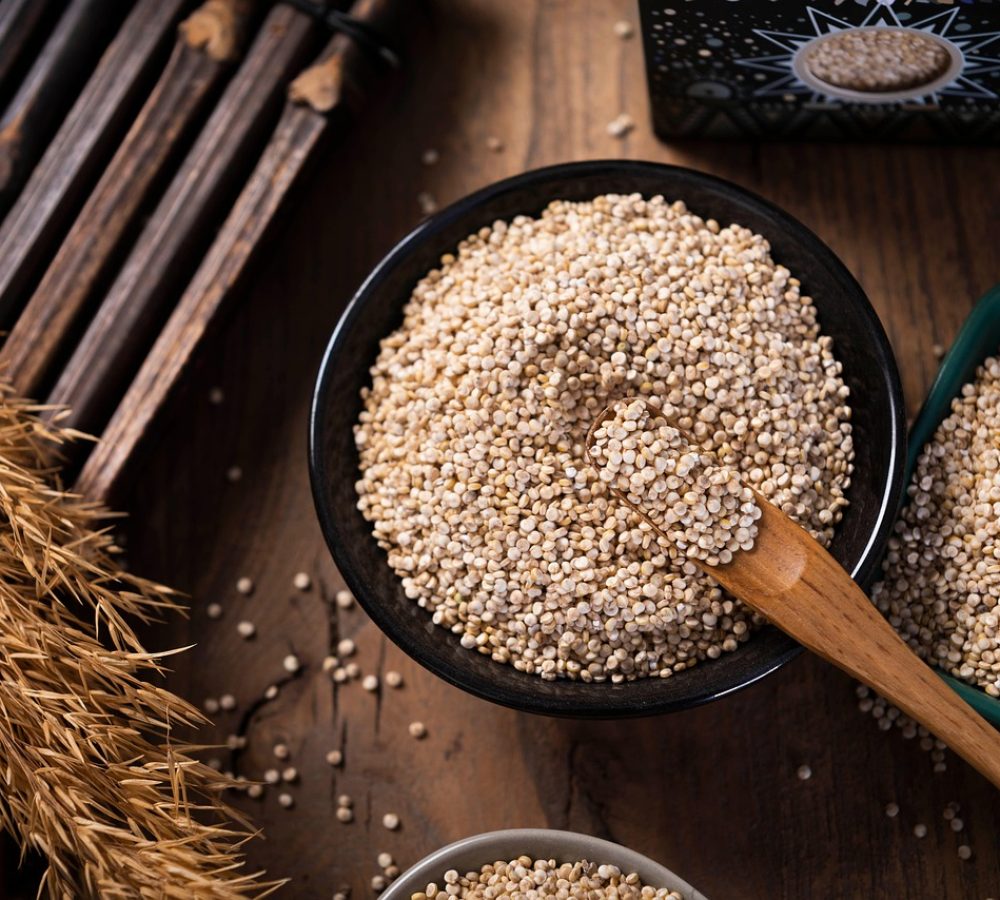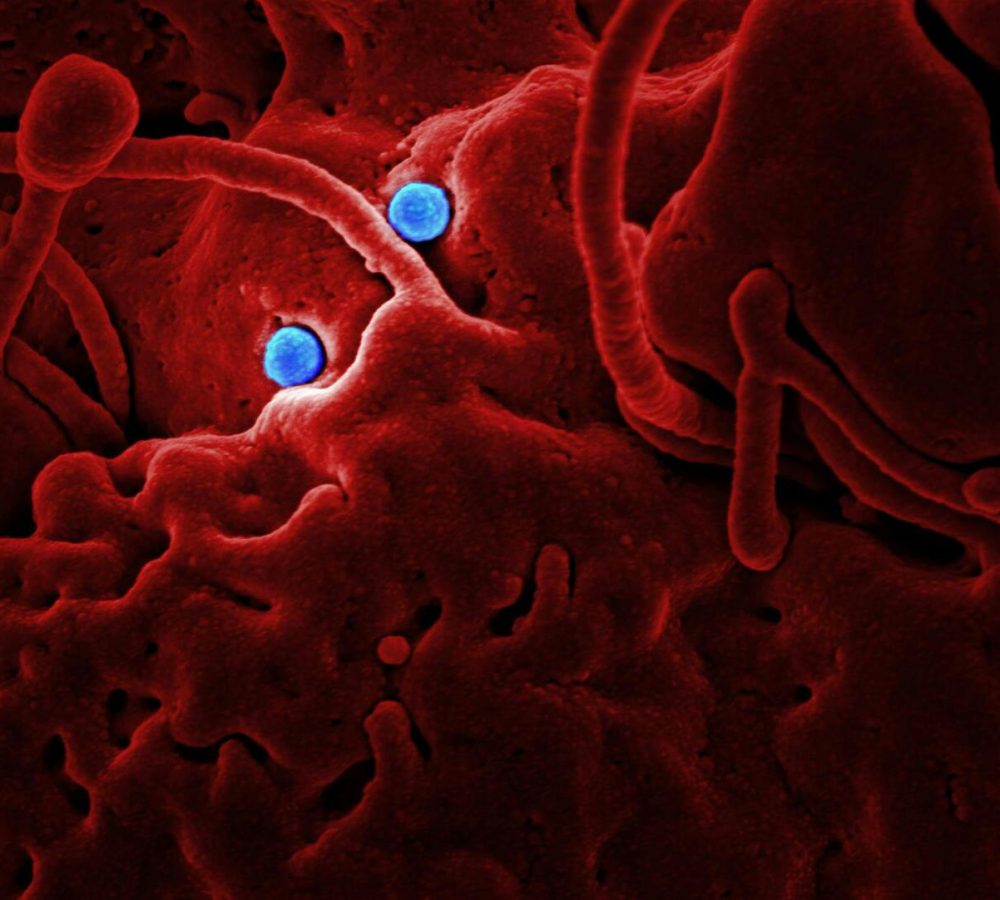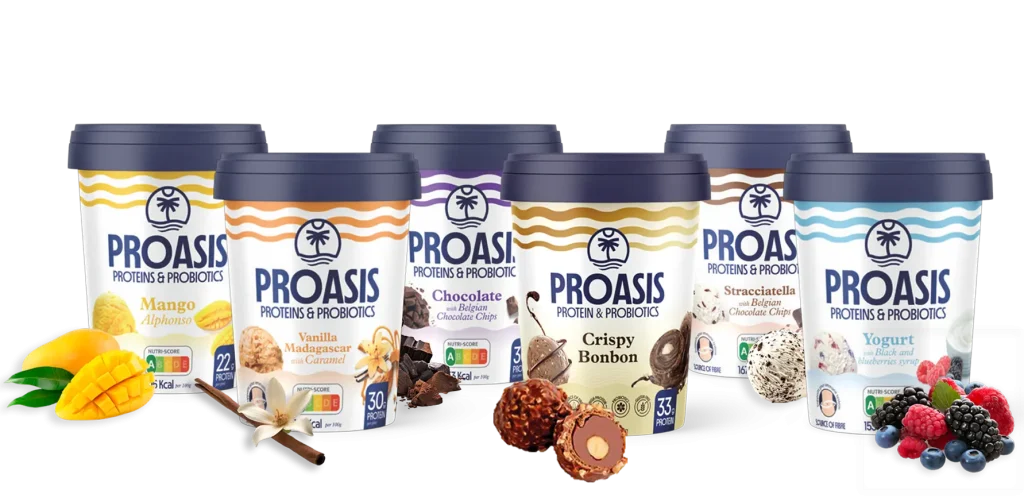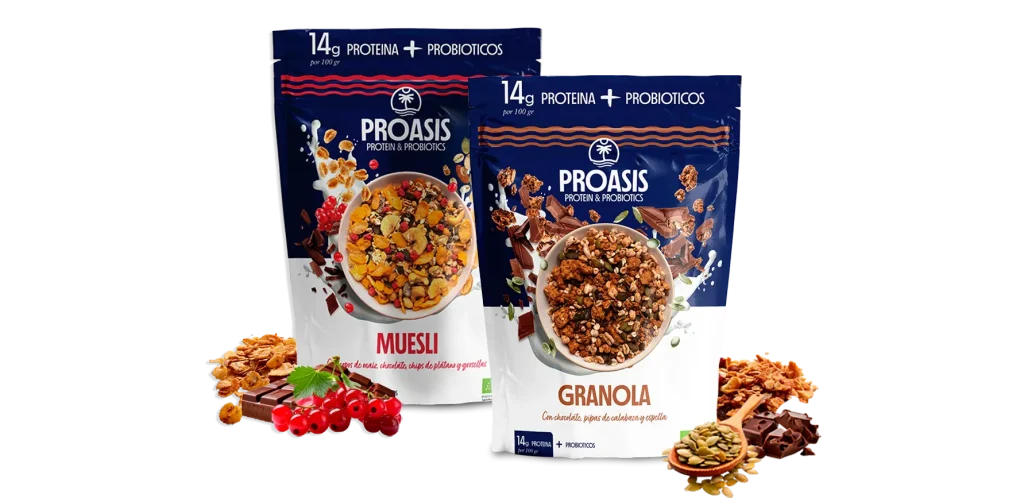Functional foods have gained prominence in a world where health and well-being are top priorities. These products stand out because they not only nourish but also aim to improve our quality of life. Probiotics, known for their ability to balance gut flora and strengthen the immune system, are a major highlight in this field.
Nowadays, we find them not only in yogurts but also in drinks, snacks, and supplements. These probiotic innovations are designed for active and curious individuals like you who want to stay updated on the latest nutrition trends.
In this article, we will explore how advances in food technology are transforming probiotics into essential allies for our overall well-being. Discover how these tiny microorganisms can make a big difference in your daily health and your journey toward a healthy lifestyle.
What are functional foods and how do probiotics enhance their benefits?
Functional foods are those that, in addition to their basic nutritional value, offer additional health benefits. These products have gained popularity among young people due to their ability to enhance overall well-being. You’ll see how probiotics in foods are among the most exciting innovations, as they boost the actions of gut flora and the immune system.
According to the World Health Organization, probiotics are live microorganisms that, when administered in adequate amounts, confer a health benefit on the host. Incorporating them into your diet can help you maintain a balance between mind and body, which is essential for an active and healthy lifestyle.
Top probiotic innovations: new formats and combinations
Today, probiotic innovations go far beyond the classic yogurt. In the world of functional foods, they are revolutionizing the way we care for our gut health. You can now find these healthy microorganisms in diverse formats like cereals, snacks, and ice creams.
These new formats not only make daily intake easier, but they also allow for unique combinations with other healthy ingredients. For example, there are products that mix probiotics with plant-based proteins to enhance physical and emotional well-being. Furthermore, research is exploring specific strains—those bacteria and yeasts that can provide positive effects according to our individual needs. This advancement promises a new era of personalized and effective nutrition.
Probiotics in everyday foods: ice creams and cereals as examples
Nowadays, probiotics are finding their place in innovative and popular products like ice creams and cereals. Can you imagine enjoying a delicious Belgian chocolate ice cream while supporting your gut health? It’s now possible thanks to the inclusion of live microorganisms in these foods. Additionally, yogurt with forest fruit syrup not only delights your palate—it also helps maintain gut balance.
Probiotic granola and muesli are further examples of how functional foods are evolving to deliver tangible benefits. They not only improve your daily well-being but also adapt to a healthy and active lifestyle.
New probiotic technologies for enhanced effectiveness
Innovation is revolutionizing how probiotics are integrated into our diets. New technologies are improving the stability, absorption, and effectiveness of these microorganisms. For instance, advanced microencapsulation methods protect them from the harmful effects of gastric environment and intestinal bile. This ensures they arrive alive in the intestine, where they can exert their beneficial effects.
Likewise, bioengineering makes it possible to develop specific strains with properties tailored to each person’s unique health needs. This is because everyone has a completely unique microbiota network, originally shaped by their DNA and environmental factors.
These innovations not only ensure the efficacy of probiotics in foods but also provide more personalized solutions for people like you who seek to improve gut health and strengthen their immune systems.
Benefits of probiotics in daily life
Let’s recall the definition: probiotics are live microorganisms that, when consumed in adequate amounts, provide significant health benefits. Among their main roles are:
- They strengthen the immune system, helping to fight infections and autoimmune diseases.
- They promote healthy digestion and better nutrient absorption.
- By balancing gut flora, they protect against harmful bacteria to prevent infections, which can help avoid diarrhea.
- They are a source of consistent energy and overall well-being for active young people and older adults.
- They contribute to a positive emotional state.
- Including them in your daily diet can be a key step toward a more balanced and healthy lifestyle.
In the world of functional food innovations, probiotics are setting trends. Discover how these products can transform your daily well-being and join the personal care revolution. Explore our innovative range and start taking care of your health from within!
References
- Hill, C., et al. “Expert consensus document: The International Scientific Association for Probiotics and Prebiotics consensus statement on the scope and appropriate use of the term probiotic”. Nature Reviews Gastroenterology & Hepatology, June 2014, 11(8). DOI:10.1038/nrgastro.2014.66. Available at: Researchgate.net.
- Harvard T.H. Chan School of Public Health. “The Nutrition Source: Probiotics.”
- National Institutes of Health (NIH). “Probiotics: In Depth.” Available at: nccih.nih.gov)
- National Center for Complementary and Integrative Health (NCCIH). “Probiotics: Usefulness and Safety.” nccih.nih.gov
- Mershen Govender et al. A Review of the Advancements in Probiotic Delivery: Conventional vs. Non-conventional Formulations for Intestinal Flora Supplementation. AAPS PharmSciTech. 2013 Sep 25;15(1):29–43. DOI: 10.1208/s12249-013-0027-1 Available at: pmc.ncbi.nlm.nih.gov.
- Harvard Health Publishing. “The benefits of probiotic bacteria.” Available at: health.harvard.edu.
- National Institutes of Health (NIH). Probiotics. Fact Sheet for Health Professionals. Available at: ods.od.nih.gov
- Mayo Clinic. Nutrition and Healthy Eating. What are probiotics and prebiotics? Available at: mayoclinic.org.
